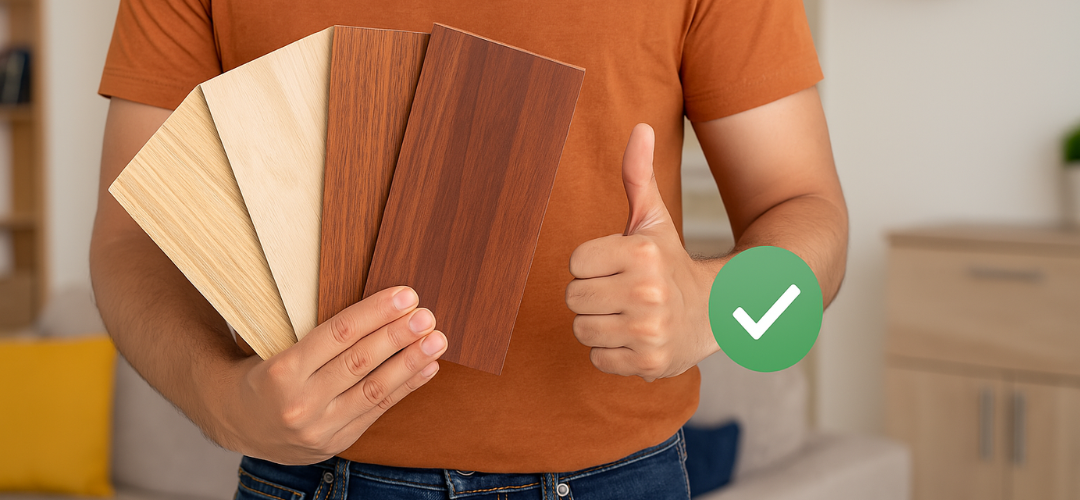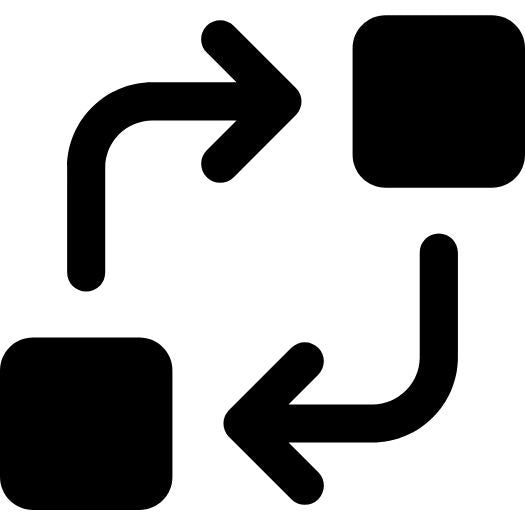In a market saturated with options, identifying truly high-quality plywood in India demands a more technical lens—especially for architects, contractors, and discerning homeowners navigating the intricacies of modular design. Surface finish alone is not a reliable indicator of structural integrity. Boards may pass the eye test yet falter under live load, machining stress, or high-humidity conditions.
This guide offers a diagnostic approach, equipping you with the evaluative tools to assess plywood across key metrics: core bonding strength, load-bearing capacity, dimensional consistency, moisture absorption rate, emission levels, and certification benchmarks. From flexural rigidity to void detection, you'll learn to move beyond marketing labels and identify boards that meet architectural-grade standards—essential for projects that demand longevity, precision, and finish compatibility.
What Defines Good Quality Plywood?
Quality plywood goes beyond a smooth finish. It demonstrates structural stability, reliable bonding, consistency in thickness, and long-term resistance to moisture and pests.
Key traits include:
-
Uniform density across the sheet
-
Absence of internal voids or air pockets
-
ISI certification (IS:303 for MR/BWR, IS:710 for BWP)
-
Calibrated construction for modular precision
-
Termite and borer resistance
7 Ways to Check Plywood Quality On-Site
-
Look for ISI Markings
Check for the correct IS code on the sheet—IS:303 or IS:710—and confirm batch numbers.
-
Check the Core & Cross Section
Ask for a cross-cut sample. A high-grade ply has uniform layering without visible gaps or overlaps.
-
Bend & Flexibility Test
Lightly bend the corner of a sample. It should resist breaking or cracking and return to shape without delaminating.
-
Water Soak Test
Soak a sample piece for 24 hours—good plywood won’t swell or peel easily.
-
Screw Holding Strength
Insert and remove a screw to test how well the ply holds grip. Good ply resists crumbling.
-
Tap Test for Hollow Sounds
Tap different areas. Hollow sounds indicate internal voids or poor core quality.
-
Smell Test for Toxicity
Strong chemical odour may indicate excess urea-formaldehyde. Opt for low-emission boards.
Visual Indicators of Poor Plywood
-
Warped or uneven surfaces
-
Flaking or splinters on corners
-
Surface bubbles (especially on laminated boards)
-
Inconsistent thickness
-
Unmarked or fake ISI labels
Why Certifications Matter
-
IS:303 – Standard for MR and BWR grades
-
IS:710 – Required for BWP (marine-grade) plywood
-
FSC® – Indicates responsible timber sourcing
-
E0/E1 Ratings – Low formaldehyde emission standards for indoor health
Certified boards ensure consistent performance under Indian climatic and usage conditions.
Plyneer’s Quality Assurance Protocols
At Plyneer, every board is checked for:
-
IS:303 / IS:710 compliance
-
Calibrated thickness within 0.2mm tolerance
-
Moisture content control below 10%
-
Eco-safe bonding agents
-
Detailed batch tracking for full transparency
Where to Buy Verified Quality Plywood in India
Related Reads to Shop Smarter
-
Plywood vs MDF vs Particle Board
-
Best Plywood for Furniture in India
-
MR vs BWR vs BWP: Which Plywood Grade is Right?
Final Word
Identifying high-quality plywood requires more than a glance. With a checklist-based approach and the right sourcing partner, you can ensure your furniture or interiors are built on a reliable, long-lasting foundation.
📞 Need help with plywood selection? Contact Plyneer today!
🚀 Explore Our Certified Plywood Range








